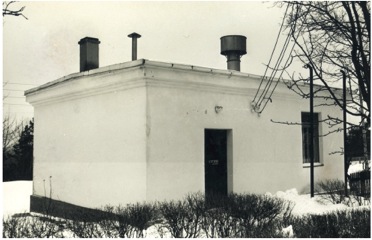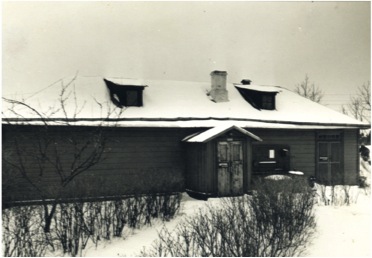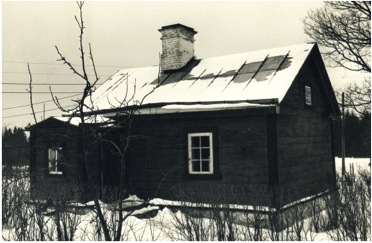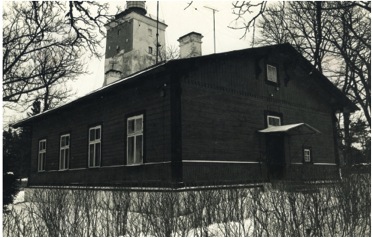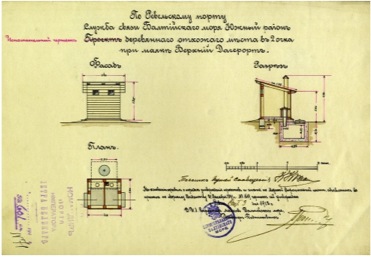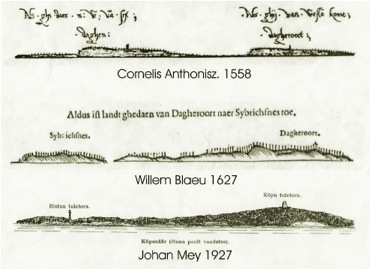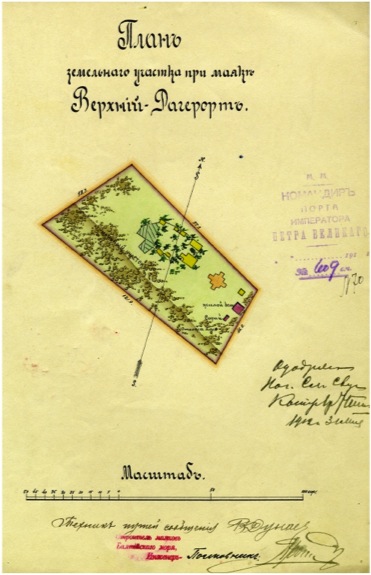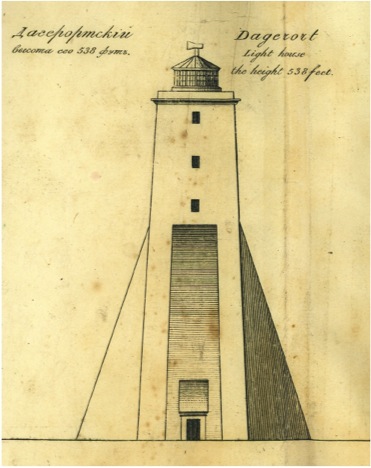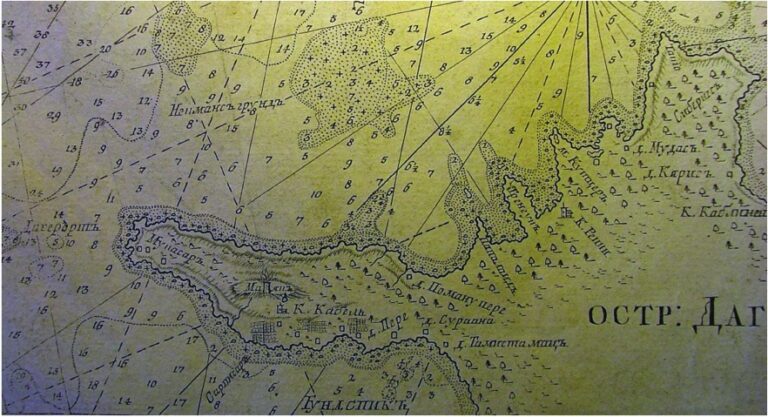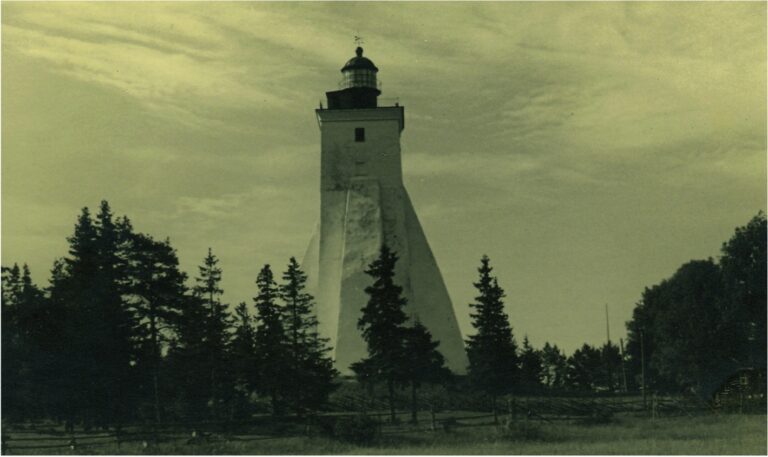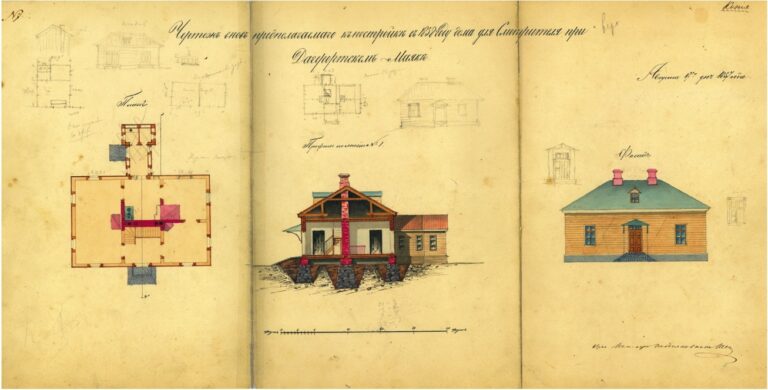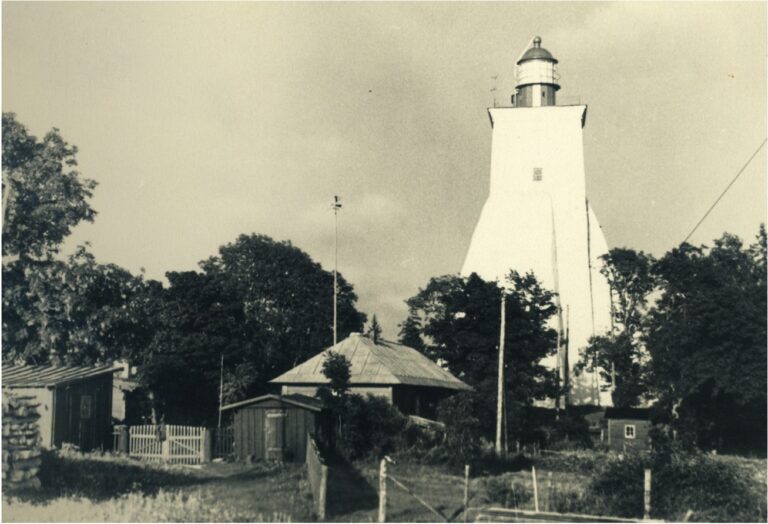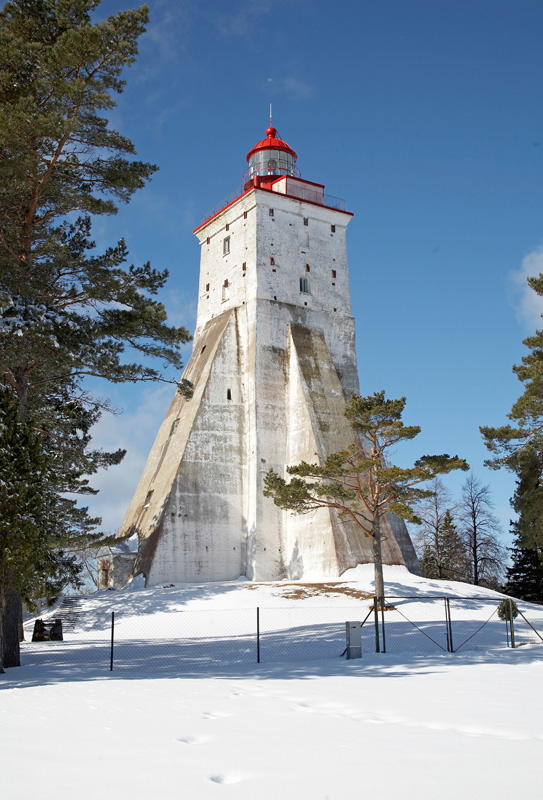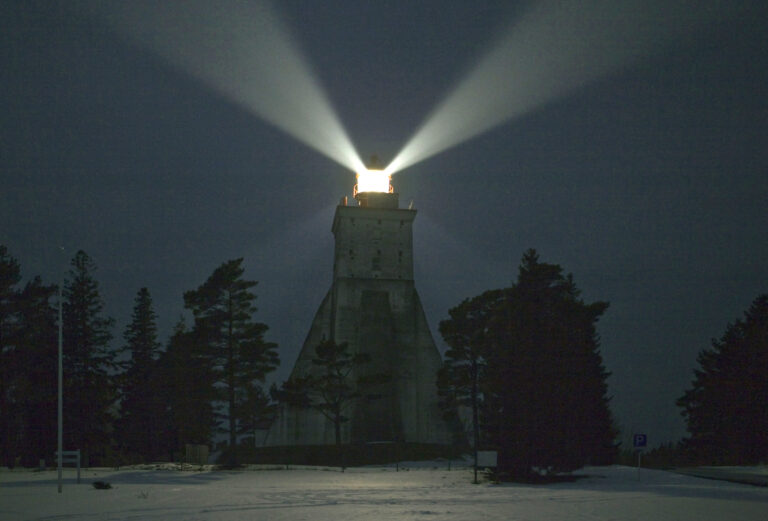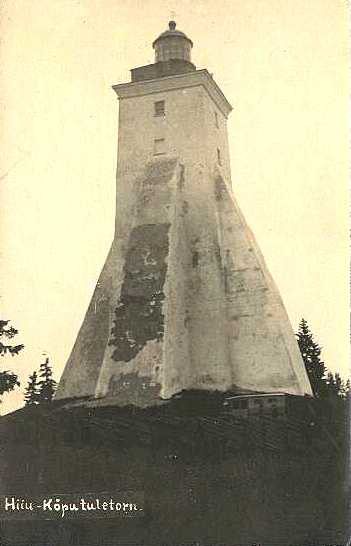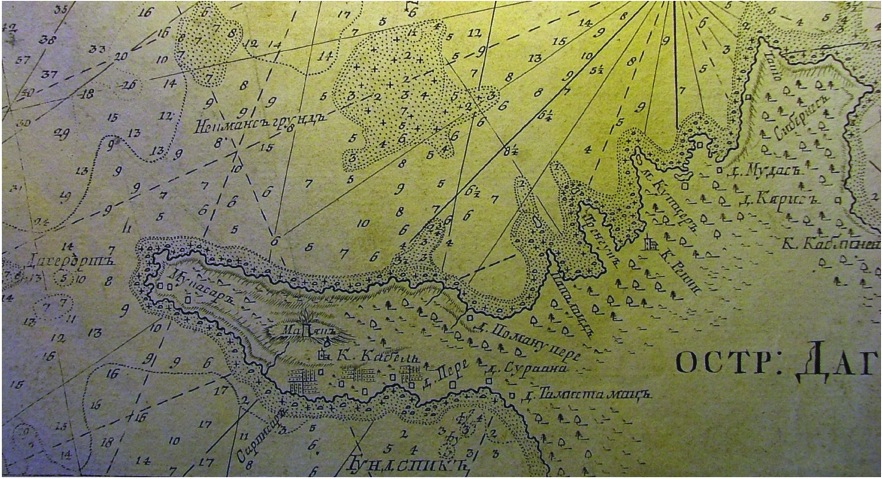
K Kõpu (Dagerort) lighthouse, known as the symbol of Hiiumaa, is located on a promontory in the middle of Kõpu peninsula in Hiiumaa. After the introduction of the compass, merchant ships sailed directly across the Baltic Sea towards Tallinn from the 14th century. The wooded promontory of Kõpu peninsula in Hiiumaa was the first landmark that sailors arriving from the west had to spot on the horizon. It was very important to recognise the peninsula in order to take the right course at the right time. The waters around the Kõpu peninsula were notorious for their danger and treachery, and the Hiiu Shoal (Suurrahu or Nekmansgrund, popularly known as Näkman and Näkimadalad), which was a danger to sailors, was one of the main reasons for the construction of the first lighthouse on our shores.
The Hiiu Shoal was a very important lighthouse for the first lighthouse on our shores.
The first demands of the Hanseatic League for the erection of a reservoir on the Kõpu peninsula are known from the 1490s. The construction of the day marker on Kõpu peninsula was initiated by the Tallinn Town Council. The construction started in 1514 and lasted until 1538, rising higher and higher.
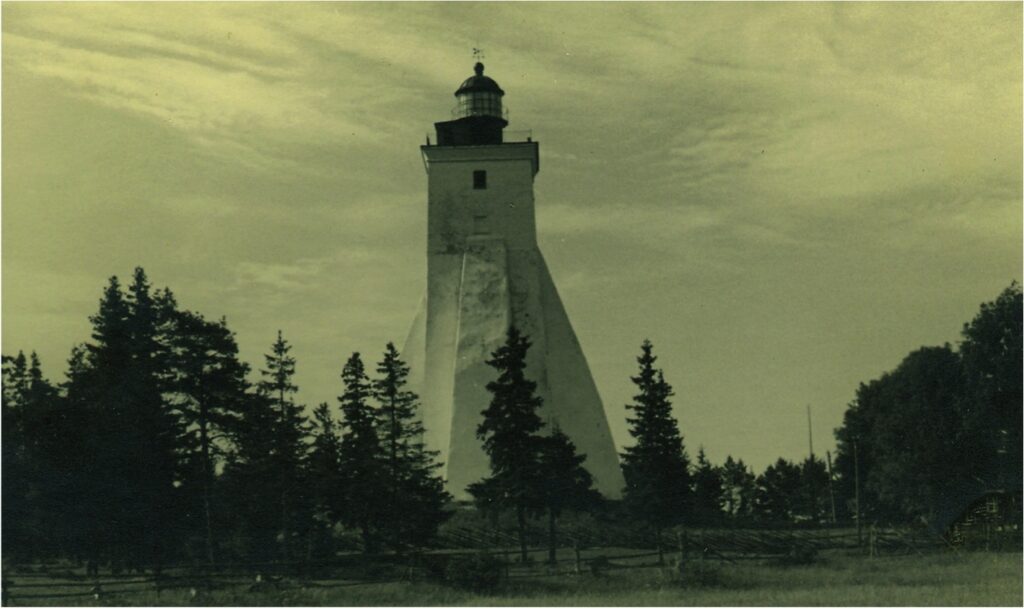
In the 17th century, the Kingdom of Sweden was interested in using lighthouses to mark sea routes to keep in touch with its maritime provinces, which is why Kõpu was named the lighthouse in 1649. A wooden staircase was built outside, a fire platform was levelled, a metal grate was installed under the fire, and a winch was installed to carry up the fuel. A small log cabin was built for the first inspector. In the 1688 Hiiumaa revison, it is described that Kõpu lighthouse was four-sided, 20 feet high and reinforced with four counterforts, equipped with an iron grate and a fire grate on the top platform.
The first lighthouse was built on a platform with a fire grate.
While the lighthouse had been privately owned since 1649 and managed successively by the De la Gardie, the Stenbocks and the Ungern-Sternbergs, Kõpu lighthouse was nationalised in 1805 and major reconstruction work was undertaken. A staircase was carved into the south-western contour, two rooms were carved into the upper part of the tower, one above the other, and a glazed 12-storey lantern room was built on top, where a total of 25 oil lamps with brass reflectors were installed in three directions.
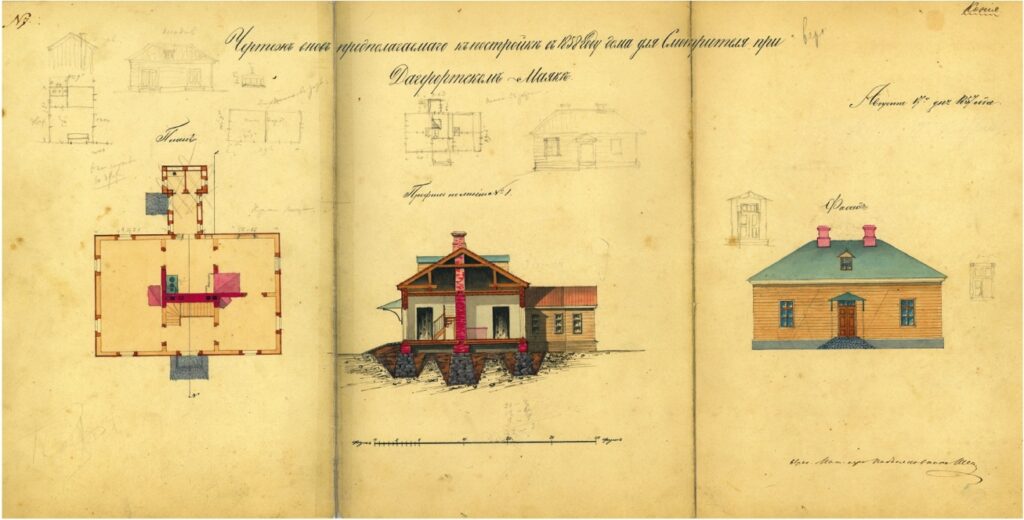
In 1845, 14 arses of the top of the tower were demolished and rebuilt. In 1860, the lighthouse was fitted with a rotating stage I dioptric lighting device, whose steady light was alternated with a bright flash of light every minute. In 1883, a dwelling house was completed and a telegraph was installed.
In 1902, a new rotating dioptric apparatus, purchased at the Paris World's Fair, was installed in the lighthouse, illuminating kerosene with a filament bulb. The heavy optical device, with a clock mechanism, rotated in a bath of mercury and showed the light 21 nautical miles away. The lighthouse's frame suffered some damage in the First World War but was soon restored. In 1933, the lighthouse's leaning walls were repaired and anchored and plaster repairs were made.
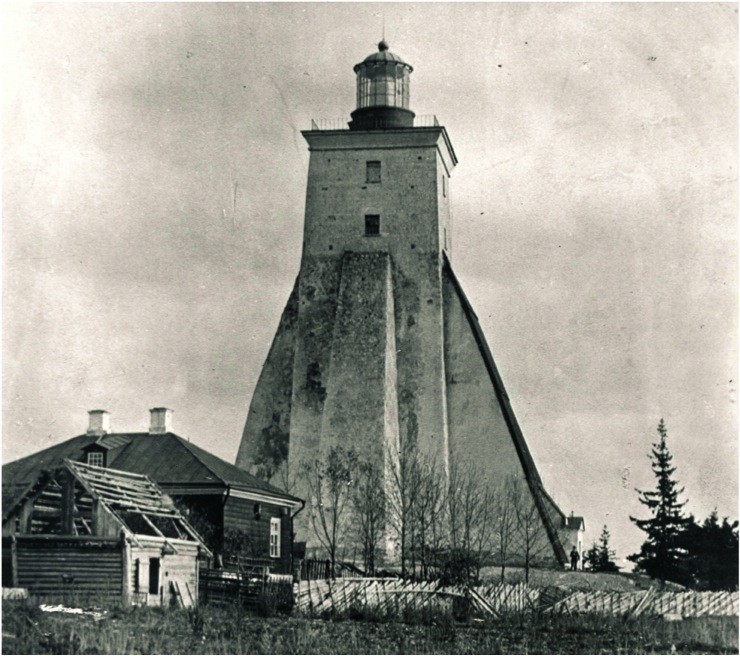
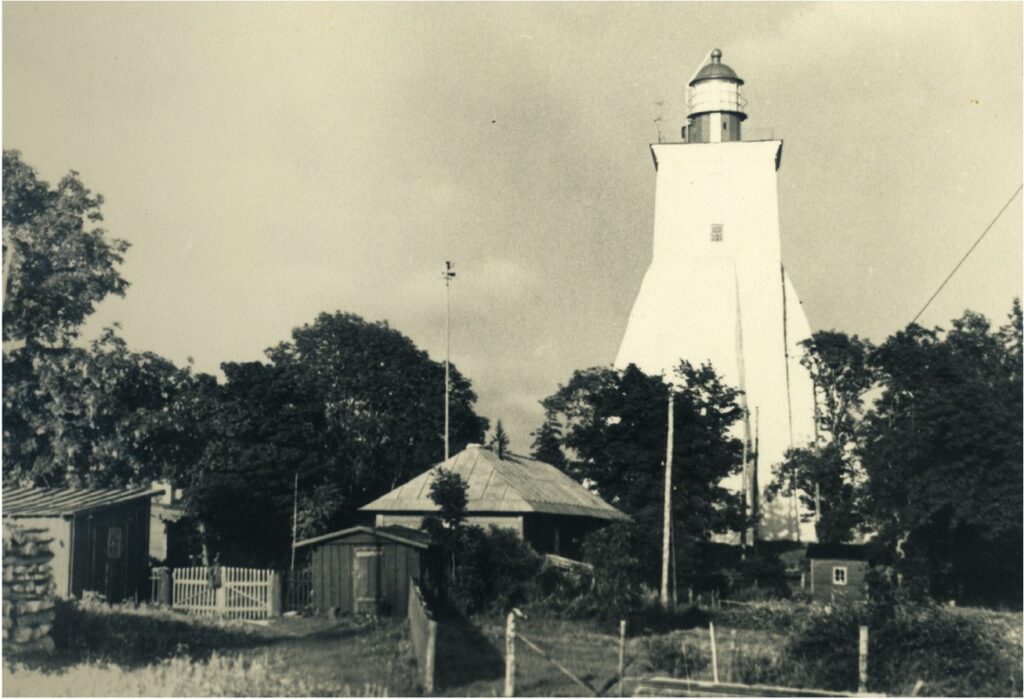
II maailmasõjas 1941. aastal purustati tuletorni valgusti ja laternaruumi klaasid. Pommitabamuse sai ka ülevaataja elamu, kus asus ilmselt raadio- majakas.
Aastail 1988–1990 viidi Kõpu tuletornis läbi põhjalikud restaureerimistööd, mille käigus ümbritseti massiivne kehand varingute vältimiseks raudbetoonist koorikuga, kuna varasematel aastatel olid toimunud ehitise vanuse ja müüritise nõrga sideaine tõttu suuremad väliskatte varingud.
Tänaseks eravalduses teenindushoonetest on säilinud 19. sajandil teisel poolel ehitatud teenijate elamu, saun ja kütuseait ning peale Teist maailmasõda ehitatud generaatorihoone, töökoda ja kelder. Kogu tule- tornikompleks on kultuurimälestisena riikliku kaitse all ja Kõpu tuletorn kuulub ka The International Association of Marine Aids to Navigation and Lighthouse Authorities (IALA) koostatud 100 tuletorni-arhitektuurimälestise nimekirja.
Üldjoontes 1845. aasta ilme säilitanud Kõpu majakas on maailma vanimaid katkematult töötanud navigatsioonimärke ja Põhja-Euroopa vanim tuletorn.
